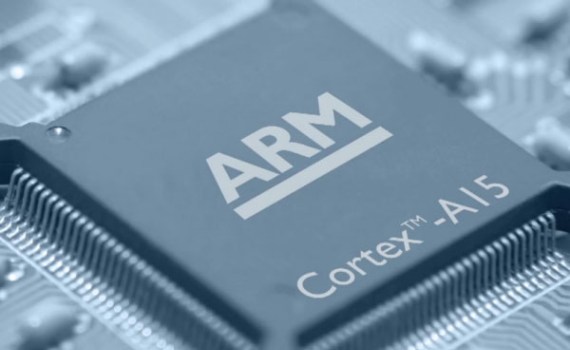We have all heard about ARM processors in some or other form maybe read an article or saw it in the phone specification etc. but the real question remains. What is an ARM Processor?
First I’d like to point out the ARM Processors is not the same as the processors you will find in your desktop/laptop computer. ARM processors are designed with low power consumption vs. efficiency in mind. You will find ARM mostly in smartphones, tablets, PDA’s, routers and so on.
AMR stands for “Advanced RISC Machine”
“RISC” stands for “Reduced Instruction Set Computing”. What that means is that the processor has a smaller Instruction Set (the Operations a chip can perform). Typically the ARM processor supports add, subtract and multiply instructions directly but divide instructions is only supported by certain ARM processors (not all of them).
Another simple way of explaining how instruction sets work is with the below example.
Say you would like to switch on your TV:
- Stand up from the couch
- Walk to the TV
- Extend arm to switch TV on
- Press ON button
- Walk back to couch
- Sit on couch and enjoy your show
The RISC processor will typically have the following instructions for switching on your TV
- STANDUP
- WALK_TO
- PRESS_BUTTON
- WALK_BACK
- SITDOWN_ENJOY
As you can see it will take about 5 instructions to do the task at hand. Desktop processors (CISC processors) will probably do the same task in fewer instructions by performing more complex operations like:
- WALK_TO_TV
- SWITCH_ON
- ENJOY
It takes the CISC processor (Complex Instruction Set Computing) only 3 operations vs. RISC processors 5 operations. Note that things are far more complicated than what I have demonstrated here, the RISC processor can be very fast when executing their simple instructions (although it’s more) while CISC processors are far more complex and can be somewhat less efficient.
All of that said what sets ARM processors apart from normal RISC processors is the fact that they are mainly “enhanced” by companies to perform certain tasks far better than normally. They do however remain small and relatively slow processors in terms of Clock-speeds thus remaining low powered.
ARM Processors are highly dependent on efficient OS’s to ensure good battery life and great performance. A dual-cored / quad-cored smartphone might not perform well or have a great battery life if the OS is not properly built. Android is designed to work on lots of hardware but you might find that Microsoft and Apple smartphones work well with a more restricted (maybe even lower spec) list of hardware without compromising on the performance of the user’s experience.
For a more detailed and technical explanation of ARM Processors, go here.
